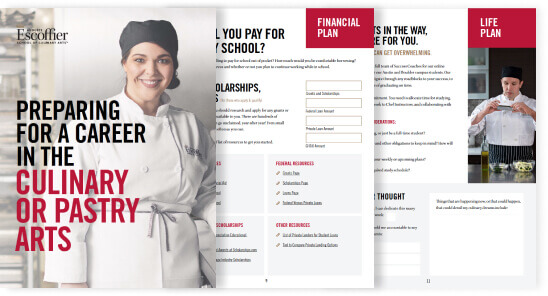If you held out on partnering with a third-party delivery service pre-COVID, the pandemic may well have prompted you to rethink your position.
Uber Eats and similar services have long positioned themselves as a way to boost sales and increase your visibility. And they’re an integral part of the recent rise of ghost kitchens and ghost restaurants.
But they also come with some downsides that may make them less attractive prospects for your business. Learn more about the pros and cons of these delivery services so you can decide which (if any) service is right for you.
The Pros and Cons of Third-Party Delivery Services
Regardless of which service you partner with for delivery or online ordering, there are some pros and cons of the business model that you should consider before signing up.
The Pros of Outside Delivery
Utilize Helpful Marketing Options via the Apps
These delivery platforms can be great marketing tools that connect your food with hungry people in search of a restaurant nearby. And we’re not talking about a small number of people, either! In 2022, 49.5 million people in the US were using food delivery apps. Even if they don’t choose to order online, they may learn about your restaurant via a delivery app and choose to dine-in at a later date.
Offset Losses From Closed Dining Rooms or Reduced Capacity
During the height of the COVID-19 pandemic, delivery or pickup helped make up for some of the reduced sales that restaurants faced due to closed or limited capacity dining rooms. In the future, these platforms may help offset losses caused by a shortage of front-of-house staff or unexpected closures.
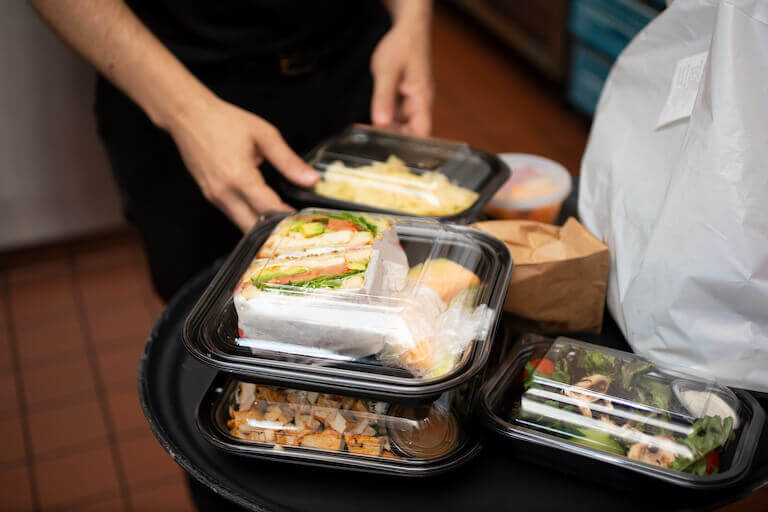
Make Delivery a More Feasible Option
Salaries and insurance costs have made delivery unfeasible for many restaurants in the past. By partnering with Uber Eats or a similar provider, you can deliver your food without taking on the expense of hiring your own delivery drivers and worrying about issues like insurance and delivery vehicles.
Gain the Benefits of the App While Using Your Own Drivers
If you do have your own delivery drivers, you can use these apps strictly to facilitate orders. This reduces your commission fee and still lets you take advantage of the marketing benefits.
Access Improved and Expanded POS Integrations
When these delivery platforms first came out, restaurants often had to use a separate tablet for each delivery company to manage their incoming orders. And they had to figure out how to get those orders from the tablet to the kitchen efficiently.
But these days, delivery companies have integrations with many point-of-sale (POS) systems, which removes the need for the intermediate tablet. If your POS system can’t integrate with the app, tablets are still an option.

The Cons of Outside Delivery
Lose Control of the Guest Experience
Third-party platforms like Uber Eats and GrubHub put an intermediary between your restaurant and the customer. You’re no longer in control of the interaction—the app company is. Plus, delivery/takeout food removes the other important aspects of great dining, like beautiful plating, ambiance, and great service.
Customers Can Blame the Restaurant for Bad Delivery
Customers who have a bad delivery experience often don’t know exactly how these platforms work. All they know is they ordered food, and it never arrived, or it arrived cold or smushed. They may then blame the restaurant, even though the actual breakdown happened with the driver.
And when there is a problem, customers may be confused about who to contact to resolve it. It’s much easier to contact a human being at your restaurant than at Uber Eats, so you may receive phone calls about driver errors that you can’t resolve.
Less Opportunity For High-Profit Add-Ons
Sodas, wine, and cocktails are often high-margin items that can be a big boost to your restaurant’s overall profitability. Sodas and spirits are added to online orders less frequently, since people often have drinks at home. Plus, many states prohibit alcohol delivery to prevent access to minors.
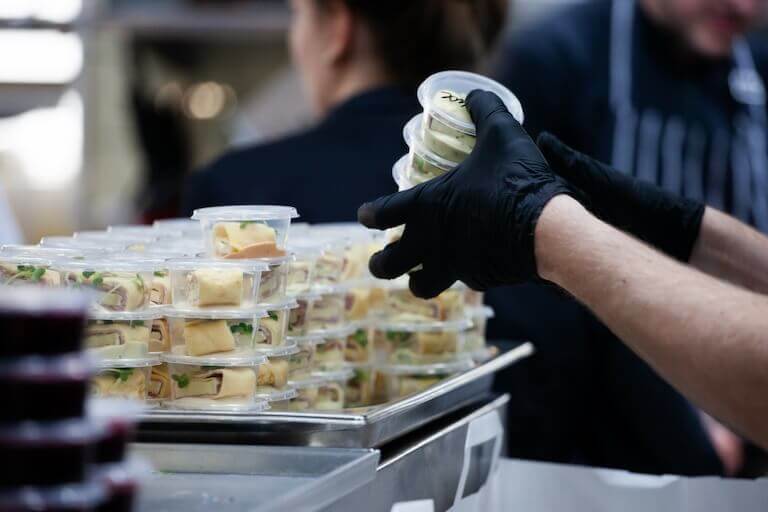
The Fees Can Be Steep
Third-party restaurant partners charge fees to both the consumer and the restaurant. On the restaurant side, these amounts can be steep—as high as 30% per order, before any discounts you may choose to offer.
Some restaurants report raising their prices on the delivery platform in order to offset this cost. So a $10 sandwich in the restaurant might cost $12 or $13 through a delivery app. But a lawsuit filed in 2020 alleged that GrubHub, Uber Eats, and Postmates are prohibiting restaurants from charging lower prices in their restaurants or on other delivery apps. So read that contract carefully before signing!
Lose Access to Marketing Intel
If a customer orders online directly from your restaurant, you can save their order information and their email address to use for future marketing. But the third parties keep all of that contact info for their own use. That may mean customers are pushed to order from other restaurants on the platform rather than order from you repeatedly.
Drivers Aren’t Trained to Handle Food
Most drivers for these platforms don’t have Food Handler or ServSafe® certification. They may not understand the risks that come with food that sits too long at room temperature and other quality control issues.
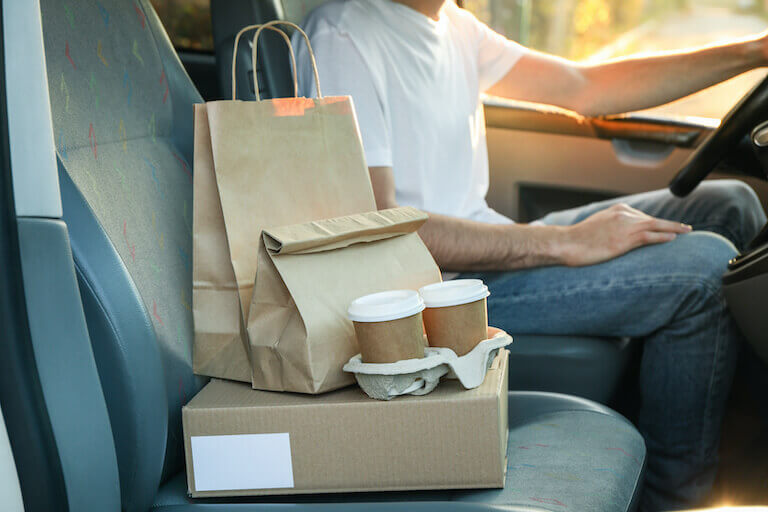
Not All Menu Items Are Delivery-Friendly
Whether you work with a delivery partner or deliver food yourself, you’ll need to think about how certain items will hold up in transport. While burgers, sandwiches, and pizza are often delivery-friendly, other items like heavily-sauced pasta and fried foods may arrive soggy.
So before you choose to offer delivery, think about how items will fare in transport and alter your menu as necessary. Students in Escoffier’s Culinary Arts programs explore menu planning to help them both develop and communicate menu items.
If the pros outweigh the cons for you, it’s time to decide which of these third-party delivery services you’d like to partner with. Keep in mind that you can work with as many as you like!
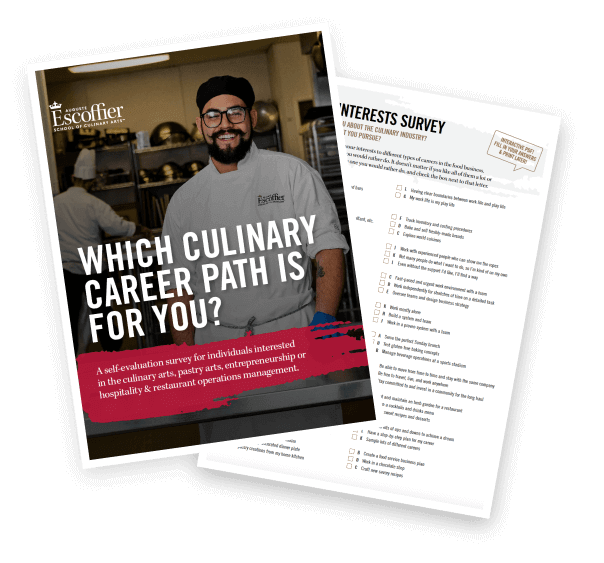
Take the Culinary Career Survey
We’ve compiled a checklist of all of the essential questions into one handy tool: career options, culinary interest surveys, educational opportunities, and more.
Partnering with Uber Eats
Uber Eats has successfully leveraged its ride-sharing business into a food delivery business. Here are some of the pros and cons of becoming an Uber Eats restaurant partner.
Pros of Uber Eats
- Uber has a reliable app that has already revolutionized ride shares
- They have a huge fleet of drivers which can make delivery times super quick
- Huge market, available in over 6,000 cities
- App is easy to use
- No credit card processing fees for restaurants
- Integrates with some POS systems
Cons of Uber Eats
- Restaurant fees:
- Uber Eats typically charges a $350 activation fee to sign up
- 15% marketplace fee on every order when you have your own delivery drivers
- 15%-30% marketplace fee on every order when you use Uber Eats’ delivery drivers, depending on the plan you choose
- Customer fees: Uber Eats charges customers a service fee of 15%, plus a delivery fee. They may also charge a $2 small order fee for orders less than $10.
Partnering with GrubHub
GrubHub used to be the top dog in the food delivery market, but they’ve since been overtaken by DoorDash (below). Recently, they released a new feature that may help them regain some of their market share.
Pros of GrubHub
- Large market. While not as extensive as Uber Eats, GrubHub is available in over 4,000 cities and works with 265,000 restaurants
- New direct order links—if customers order from your restaurant’s direct order link on your website or in a marketing email rather than on GrubHub’s app, you won’t have to pay the marketing commission (below). This can save you big fees!
- Easy to use app
- Most popular service in New York, so may be a good fit if you’re in that area
- No activation fee
- POS integrations include Focus, Micros, and Toast
Cons of GrubHub
- Restaurant fees:
- GrubHub charges a 20% marketing fee for orders placed through the app
- 10% delivery fee if you use their delivery drivers—you can use their Profit Calculator to see what the numbers would look like for your restaurant
- Restaurants pay credit card processing fee of 3.05% + $0.30 per transaction
- Tablet/hardware rental of up to $119/month
- Wide range of customer fees
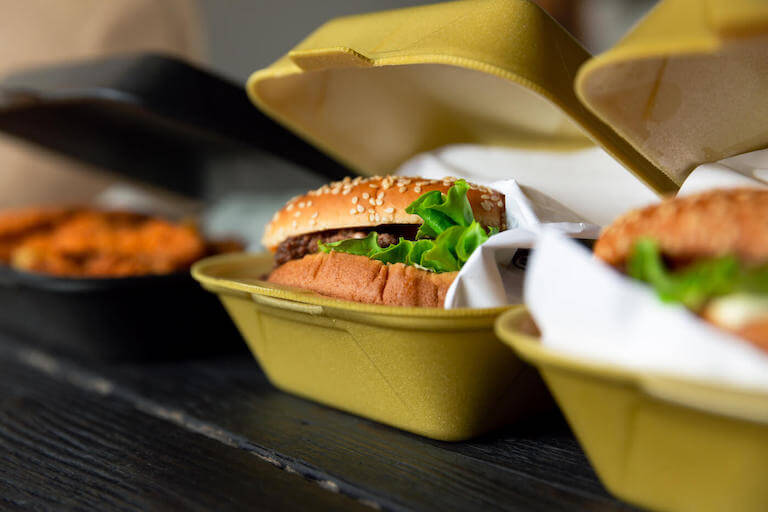
Partnering with DoorDash
DoorDash is currently winning the third-party app wars, with 59% of the market share as of April 2022.
Pros of DoorDash
- Available in over 4,000 cities
- Customer fees may be lower than other platforms, but they vary by restaurant
- Can integrate with your POS for easier logistics, including Toast and Square
- No activation fee or credit card processing fees
- No commission fee for the first 30 days
- Most popular service in Dallas/Ft. Worth, Houston, the Bay Area, Phoenix, Philadelphia
Cons of DoorDash
- Restaurant fees:
- Delivery commissions range from 15%-30% depending on the plan you choose; self-delivery has a commission of 8%-12%
- Tablet rental fee of $6 per week
- Customer fees: DoorDash recently implemented additional fees in many U.S. cities that put commission caps on restaurant fees, to the frustration of customers
Partnering with Caviar
Caviar, owned by DoorDash, has a much smaller user base than the rest of the platforms on this list, but it also serves a more niche market. As the official delivery app of Michelin, Caviar is an upscale food delivery service that connects customers with high-end restaurants in the area. However, due to its connection with DoorDash, it also offers delivery services for casual restaurants.
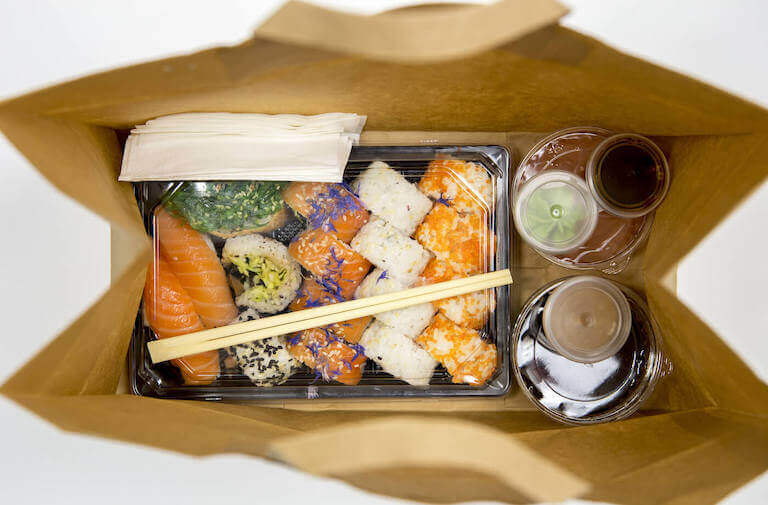
Pros of Caviar
- Since Caviar is positioned as a platform for high-end restaurants, users may be less price-conscious than those on other apps
- Affiliated with Square POS, so integrates easily with that platform
- Can also integrate with Toast and other POS terminals
- Supports DashPass holders
Cons of Caviar
- Caviar has a very small market share, so there are fewer customers on the app
- Restaurant fees: not disclosed by Caviar, but research indicates they align with those of DoorDash
Partnering with Postmates
Postmates (recently acquired by Uber) says they can get you anything from anywhere—not just food from local restaurants.
Pros of Postmates
- Thanks to the recent acquisition, your Postmates listing will be pushed to the
- Uber Eats app as well
- Most popular delivery service in Los Angeles
- No credit card processing fee
- POS integrations include Square
Cons of Postmates
- Restaurant fees: since Postmates has been acquired by Uber, they operate on the same pricing schedule as Uber Eats
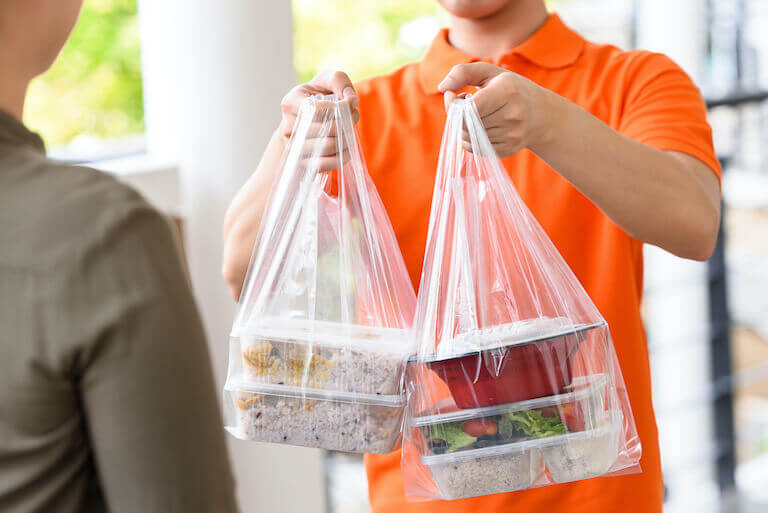
Don’t Forget Your Local Delivery Services!
Outside of these large national companies, some cities and states have their own local food delivery services that work with restaurants. These services may have their own apps for restaurants and diners, or they may operate via a website.
These services might have lower fees, plus they have the advantage of being part of your local community. So it’s worth looking into these options as well to see if they’re a better fit for your business.
What’s Right For Your Restaurant?
As you see, the cons of these services really come down to the costs. But for restaurants that can make these fees work as part of their overall marketing and sales strategy, they can be a good way to improve sales and visibility.
Also, keep in mind that these commission rates listed are baselines. There may be room for negotiation to get slightly improved rates for your restaurant.
Just keep a close eye on your profitability to make sure these platforms are making you money instead of costing you money!
For more resources on managing a restaurant, consider furthering your education with a degree in Hospitality & Restaurant Operations Management.
For more tips about restaurant and foodservice operations, check out these articles next:
- Positioning Statements for Restaurant Marketing
- How Many Employees Does it Take to Run a Restaurant
- How to Promote Your Restaurant on Social Media
This article was originally published on May 17, 2021, and has since been updated.



